Table of Contents
- Why Corn Meal is the Unsung Hero of Pizza Dough
- Hack #1: The Perfect Ratio – Corn Meal vs. All-Purpose Flour
- Hack #2: Toast It for Extra Flavor (Seriously!)
- Hack #3: How to Store Corn Meal Like a Pro
- Hack #4: Substitute with Polenta or Semolina – But Choose Wisely
- Hack #5: Use It as a Pizza Peel Release Agent
- Hack #6: Gluten-Free? Go Fine Grind or Mix It Up
- Hack #7: Don't Overdo It – Balance Texture & Taste
- Buying Guide: Top Picks for Corn Meal & Co.
- Frequently Asked Questions About Corn Meal in Pizza Dough
- Conclusion: Rise, Bake, and Crunch On
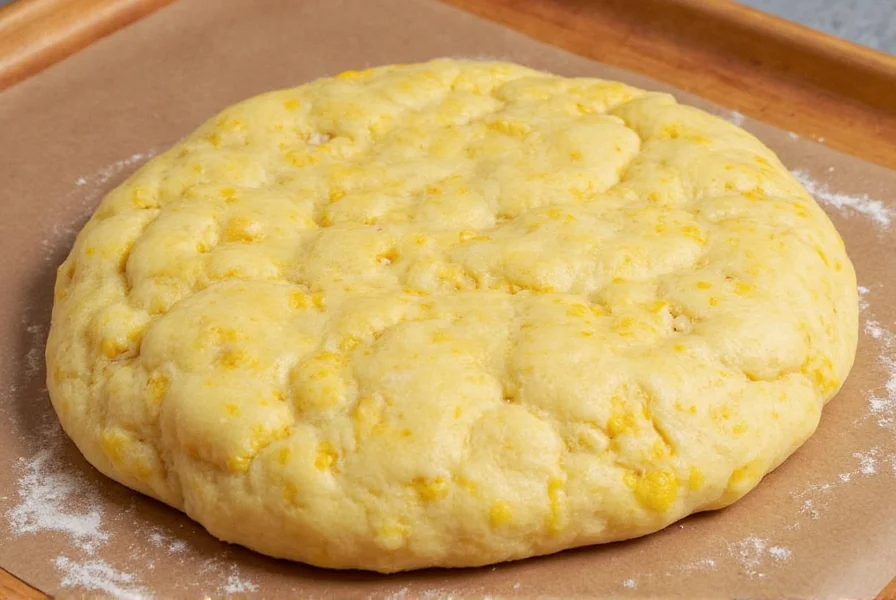
Why Corn Meal is the Unsung Hero of Pizza Dough
If you've ever bitten into a pizza with a beautifully crisp crust that still has some chew, chances are it had corn meal in the mix. This humble ingredient, often overlooked in the pantry, plays a starring role in achieving that perfect balance of texture and flavor in your homemade pizza dough.
Corn meal isn't just about crunch—it brings a subtle sweetness and nuttiness that enhances the overall profile of your crust. And if you're serious about pizza, you'll want to know exactly how to use it, store it, and substitute it when necessary.
| Dough Type | Corn Meal % | Flour Blend | Texture & Flavor |
|---|---|---|---|
| New York Style | 0% | All-purpose or bread flour | Classic chewy texture, no corn flavor |
| Chicago Deep Dish | 0-10% | Bread flour + semolina | Thicker crust, buttery, slight grittiness |
| Sicilian / Detroit | 15-25% | High-gluten flour + corn meal | Extra crunchy bottom, rich corn flavor |
For styles that use corn meal in the dough (like Detroit or Sicilian), start with 10-15% by weight and adjust based on your oven's heat and preferred texture. Remember, corn meal doesn't absorb water like wheat flour, so you may need to reduce hydration slightly.
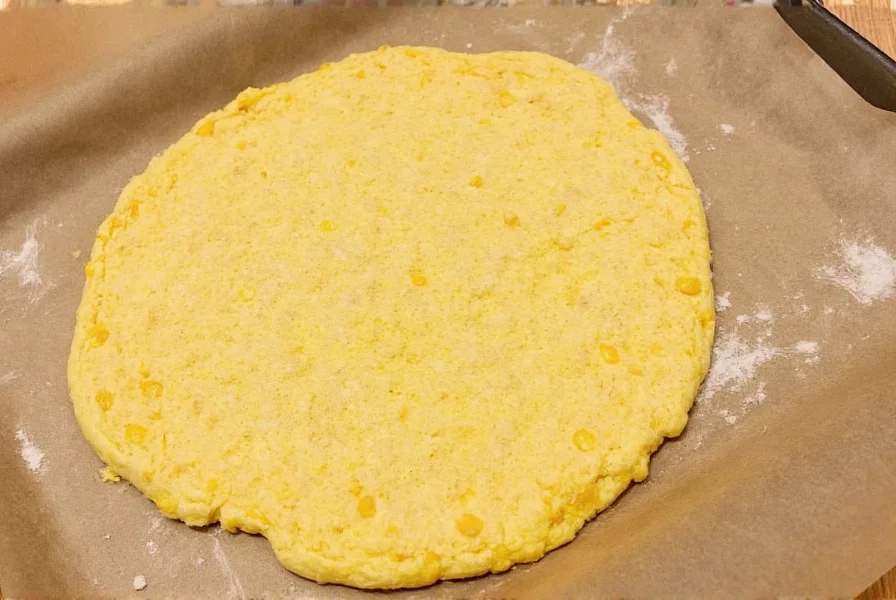
Hack #2: Toast It for Extra Flavor (Seriously!)
Want to elevate your crust from "good" to "Wow, did you open a pizzeria?" Try toasting your corn meal before adding it to the dough. Yes, really.
- Step 1: Spread corn meal evenly on a baking sheet.
- Step 2: Bake at 350°F (175°C) for 10–15 minutes, stirring occasionally.
- Step 3: Let cool completely before mixing into your dough.
Toasting enhances the natural oils in the corn, giving your dough a deeper, toasted-nut flavor without overpowering the other ingredients. Just be careful not to burn it—unless you're aiming for a charcoal-fired effect.
Hack #3: How to Store Corn Meal Like a Pro
Here's the thing: corn meal can go rancid. Because it contains natural oils, exposure to heat and oxygen will break them down over time. If you want to keep your corn meal fresh for months (or even years), follow these storage tips:
- Use Airtight Containers: Store in glass jars or sealed plastic bags inside a cool, dark cabinet.
- Refrigerate or Freeze: Especially for fine-grind corn meal, storing in the fridge or freezer extends shelf life significantly.
- Add Oxygen Absorbers: For long-term storage (like if you buy in bulk), include food-safe oxygen packs.
This is especially important if you toast your corn meal ahead of time—you don't want all that extra flavor going bad on you!
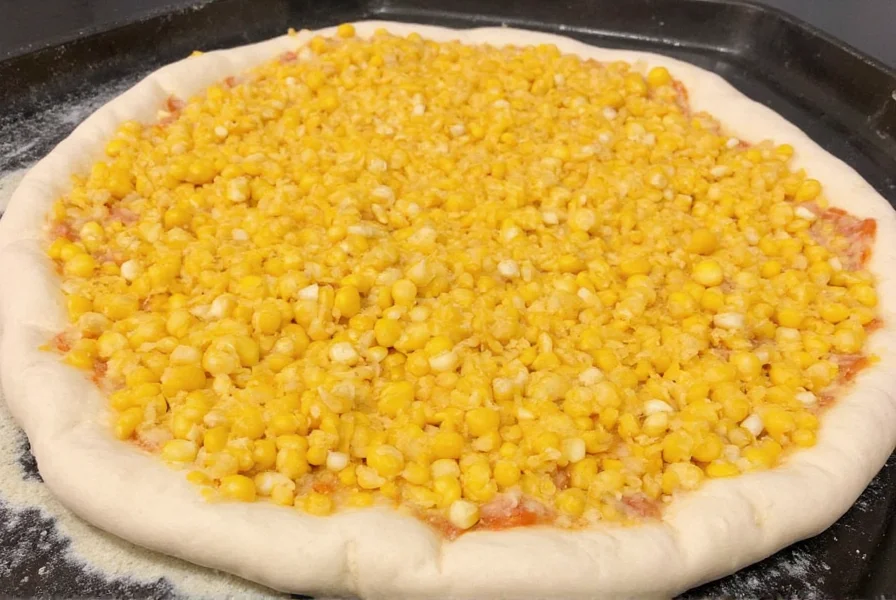
Hack #4: Substitute with Polenta or Semolina – But Choose Wisely
Out of corn meal? Don't panic. You can substitute with either polenta or semolina—but there are differences you should know:
| Substitute | Grind Size | Flavor Profile | Best Used In |
|---|---|---|---|
| Polenta | Coarser grind | Milder, sweeter corn taste | Deep dish or thick crusts |
| Semolina | Fine to medium | Nuttier, drier texture | Thin crusts, Roman-style pizza |
| Rice Flour | Very fine | Neutral flavor | Gluten-free crusts |
Keep in mind: substituting may change your dough's texture and hydration needs. Always test a small batch first before committing to a full dinner party-sized pie.
Hack #5: Use It as a Pizza Peel Release Agent
You know that heart-sinking moment when your carefully stretched dough sticks to the peel and tears apart just before launching it into the oven?
The solution? Dust your pizza peel generously with corn meal before placing the dough on it. Not only does it prevent sticking, but it also helps mimic the effect of a traditional brick oven floor.
- Prevents sticking
- Adds slight crunch to the bottom
- Looks rustic and artisanal
Pro tip: Use coarse or medium grind for best release performance.
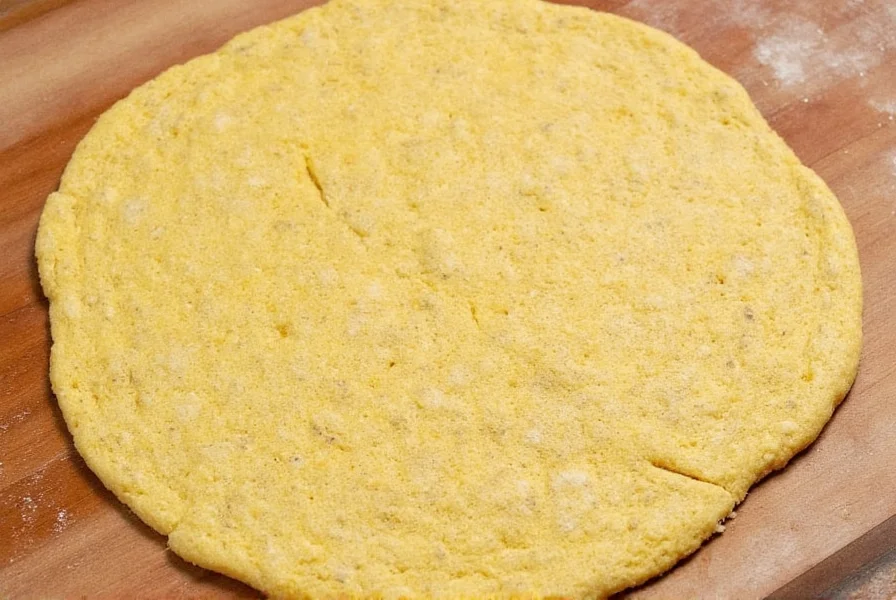
Hack #6: Gluten-Free? Go Fine Grind or Mix It Up
If you're making gluten-free pizza dough, corn meal is your friend—especially the fine grind version. However, it lacks the elasticity provided by gluten, so consider blending it with:
- Tapioca flour
- Potato starch
- Xanthan gum
This combination helps recreate the stretch and chew you'd expect from a traditional wheat-based crust. Here's a basic gluten-free corn meal dough blend:
- 50% fine corn meal
- 30% tapioca flour
- 15% potato starch
- 5% xanthan gum
Adjust hydration accordingly and allow the dough to rest longer for better structure.
Hack #7: Don't Overdo It – Balance Texture & Taste
While corn meal adds amazing texture and flavor, too much can lead to a gritty, dry, or overly dense crust. Stick to recommended percentages and remember: it's a supporting actor, not the leading role.
Balance is key. If your crust feels like sandpaper, try reducing the percentage or switching to a finer grind. If it tastes bland, go back and try toasting it again—or add a splash of olive oil or honey for contrast.
Buying Guide: Top Picks for Corn Meal & Co.
Ready to stock up? Here are our top picks for corn meal and related products, complete with their pros, cons, and ideal use cases.
| Product | Grind Size | Pros | Cons | Best For |
|---|---|---|---|---|
| Bob's Red Mill Medium Grind Corn Meal | Medium | Consistent texture, affordable, widely available | Not pre-toasted | Classic Neapolitan or New York style |
| Quaker Yellow Corn Meal | Coarse | Inexpensive, easy to find | Lacks depth of flavor | Deep dish or rustic pies |
| Anson Mills Antebellum Corn Meal | Medium-Fine | Heirloom quality, intense corn flavor | Pricier, specialty item | Artisan or gourmet pizzas |
| Krusteaz Fine Corn Meal Mix | Fine | Easy gluten-free option, ready to mix | Less control over ingredients | Weeknight quick pizzas |
| King Arthur Flour Semolina | Medium | Excellent for texture and chew | Wheat-based, not GF | Roman, thin crust styles |
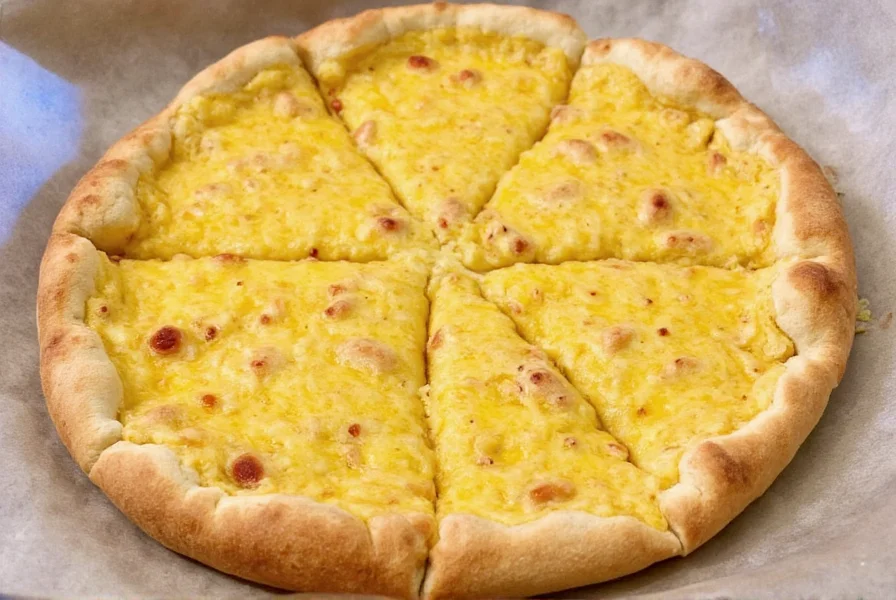
Whether you're baking once a week or planning a pizza-themed weekend getaway, investing in high-quality corn meal can make a world of difference. For best value and versatility, many bakers swear by Bob's Red Mill—affordable and reliable for most applications.
Frequently Asked Questions About Corn Meal in Pizza Dough
- Can I use corn meal instead of flour for pizza dough?
- No, corn meal should not replace all-purpose flour entirely. It works best as a partial substitute (typically 5-25% of total flour weight depending on style) because it lacks gluten. Using too much can create a crumbly texture. For gluten-free options, you'll need to combine fine corn meal with other starches and binding agents.
- How much corn meal should I add to pizza dough?
- The ideal amount varies by pizza style: New York style typically uses 0% (corn meal not used in dough), Chicago deep dish uses 0-10%, and Sicilian/Detroit styles use 15-25%. Start with 10-15% by weight of your total flour for styles that incorporate it, and adjust based on your oven and texture preferences. Remember that corn meal absorbs less water than wheat flour, so you may need to reduce overall hydration slightly.
- Does corn meal make pizza crust crispy?
- Yes, corn meal contributes significantly to crust crispiness, especially on the bottom. The coarse particles create tiny air pockets as the dough bakes, resulting in a crispier texture. When used as a peel dusting, it also creates a slightly elevated surface that allows heat to circulate under the crust for even crisping.
- What's the difference between corn meal and semolina for pizza?
- Corn meal is made from corn and adds a subtle sweetness and nuttiness, while semolina is made from wheat and provides more elasticity. Corn meal creates a crunchier texture with a corn flavor, while semolina offers a slightly grittier texture with a wheaty flavor. Corn meal works well for deep dish and Detroit styles, while semolina is better for thin crust and Roman-style pizzas.
- Can I use corn flour instead of corn meal for pizza?
- Corn flour (fine-ground corn) and corn meal (coarser grind) serve different purposes. For dough incorporation, fine corn meal or corn flour works better in gluten-free recipes. For dusting the peel, coarser corn meal provides better release properties. Don't substitute them directly without adjusting your technique and expectations for texture.
- Why does my pizza stick to the peel even with corn meal?
- This usually happens when you don't use enough corn meal on the peel, the dough is too wet, or you wait too long before transferring to the oven. Use coarse or medium grind corn meal generously (about 2-3 tablespoons for a standard pizza peel), make sure your dough isn't overly hydrated, and launch the pizza immediately after shaping.
- How do I store corn meal to keep it fresh for pizza making?
- Store corn meal in airtight containers in a cool, dark place. For longer shelf life (6+ months), refrigerate or freeze it, especially fine grind which spoils faster due to higher surface area. Adding oxygen absorbers helps if storing in bulk. Properly stored corn meal maintains its flavor and prevents rancidity from the natural corn oils.
- Is corn meal necessary for authentic pizza?
- Traditional Neapolitan pizza doesn't use corn meal in the dough. Some American styles like Detroit and Sicilian often incorporate corn meal in the dough for texture and flavor, but New York style typically does not use corn meal in the dough (though it may be used on the peel for dusting).
Conclusion: Rise, Bake, and Crunch On
Corn meal might not be the flashiest ingredient in your pantry, but when used right, it's what takes your homemade pizza from average to awe-inspiring. From balancing ratios to storage and substitution, mastering its use opens up a whole new dimension of crust possibilities.
So go ahead—experiment with toasting, swapping, and layering. Whether you're chasing the crunch of a Detroit-style deep dish or the light chew of a Sicilian slice, corn meal in pizza dough is your secret weapon. And now, thanks to these hacks and tips, you've got the tools to make every pizza night legendary.
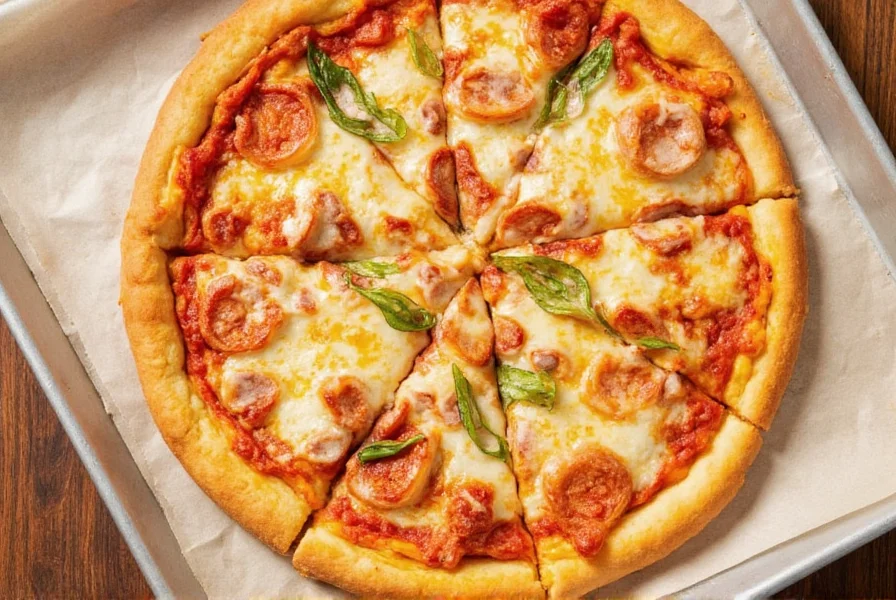

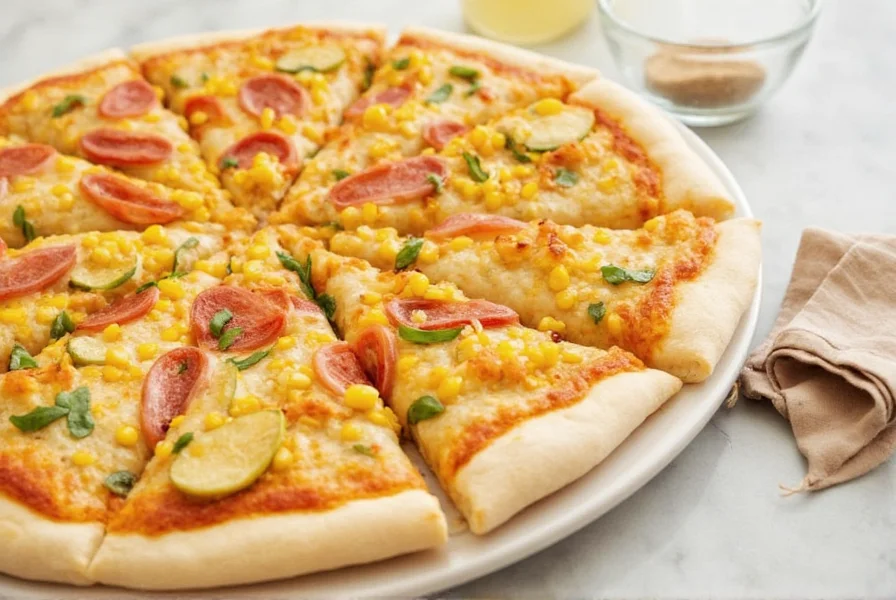









 浙公网安备
33010002000092号
浙公网安备
33010002000092号 浙B2-20120091-4
浙B2-20120091-4